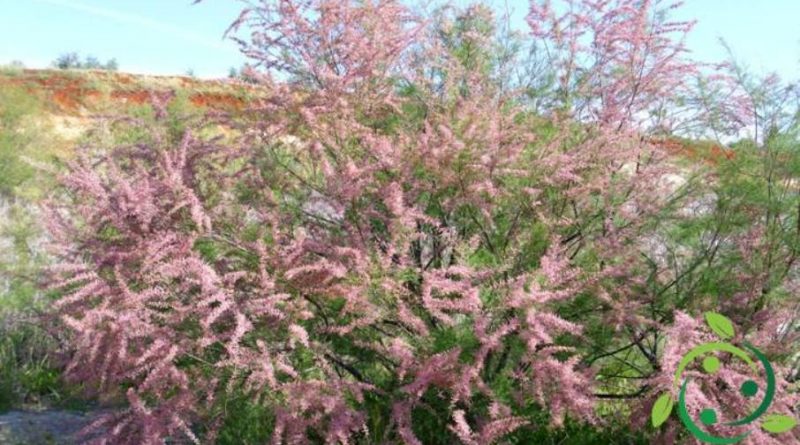How to cultivate the French tamarisk
How to cultivate the French tamarisk
The French tamarisk (Tamarix L.) is a plant of the Tamaricaceae family, native to the sandy and brackish areas of India, China and southern Europe. Among these we remember above all the Tamarix gallica or French tamarisk which is the most widespread species in Italy as an ornamental plant, cultivated for ornamental purposes in gardens and public parks and known, as well as with the name of French tamarisk, also as tamarisk and broom navy. It is a shrubby plant that can reach a height of 7 meters with a robust root system, a knotty trunk with dark purple red bark. The foliage is distinguished because it is expanded and elegant, formed by long and thin branches, with leaves in the shape of small triangular needles, spirally arranged on the branches and with consistency is fleshy. The French tamarisk blooms in the spring – summer period with abundant pink flowers, with flowers gathered in spikes with delicate scent. From the setting of the flowers brown pyramidal berries are formed containing small dry seeds. In this card we will see how to cultivate the Tamerice and the most useful devices for greater vigor of the plant. In the meantime, for the cultivation of the tamarisk, it is necessary to choose a very sunny area with a mild climate since, even if it does not fear the cold, it is a plant sensitive to late frosts.
The soil where it is to be planted should preferably be loose, tending to sandy and well drained. Tamarix gallica is a plant that adapts very well to dry climates but, in any case, it should be watered in the first years of life until the roots become deeper.
Watering: the adult plants are satisfied with rainwater while the young specimens should be irrigated regularly during periods of prolonged drought. Concerning the fertilization, the advice is to supply, at the time of planting, in the same hole made for planting, mature manure to be placed on the base of the same. Subsequently, even if it is a very rustic plant, organic matter can be supplied, every 2-3 years, at the end of winter to be mixed with a superficial processing in the first layers of land. If you want to propagate other French tamarisk plants you can take the seeds to sow them in the spring period in special seedbeds; the plant, however, can also be propagated in autumn by woody cutting. Cuttings taken with well sharpened shears must be rooted in a mixture of sand and peat. As for pruning, the French tamarisk should be treated only to remove dry branches and, if you want, to shorten those that are too long. It should be remembered that the tamarisk suffers from white malaria (oidium) in excessively humid climate, while among animal parasites it fears the attack of Metcalfa (Metcalfa pruinosa Say, 1830) and of larvae of rodilegno that dig showy tunnels in the trunk and branches.

